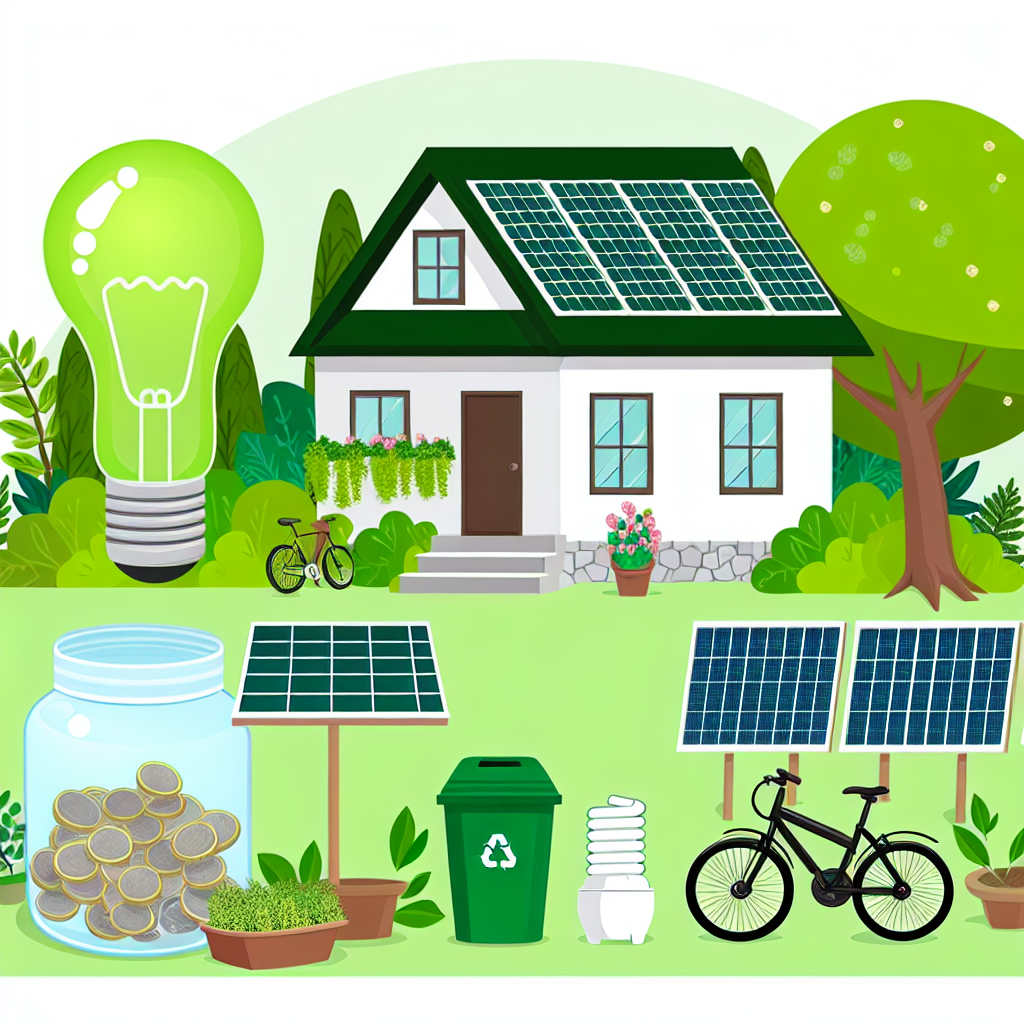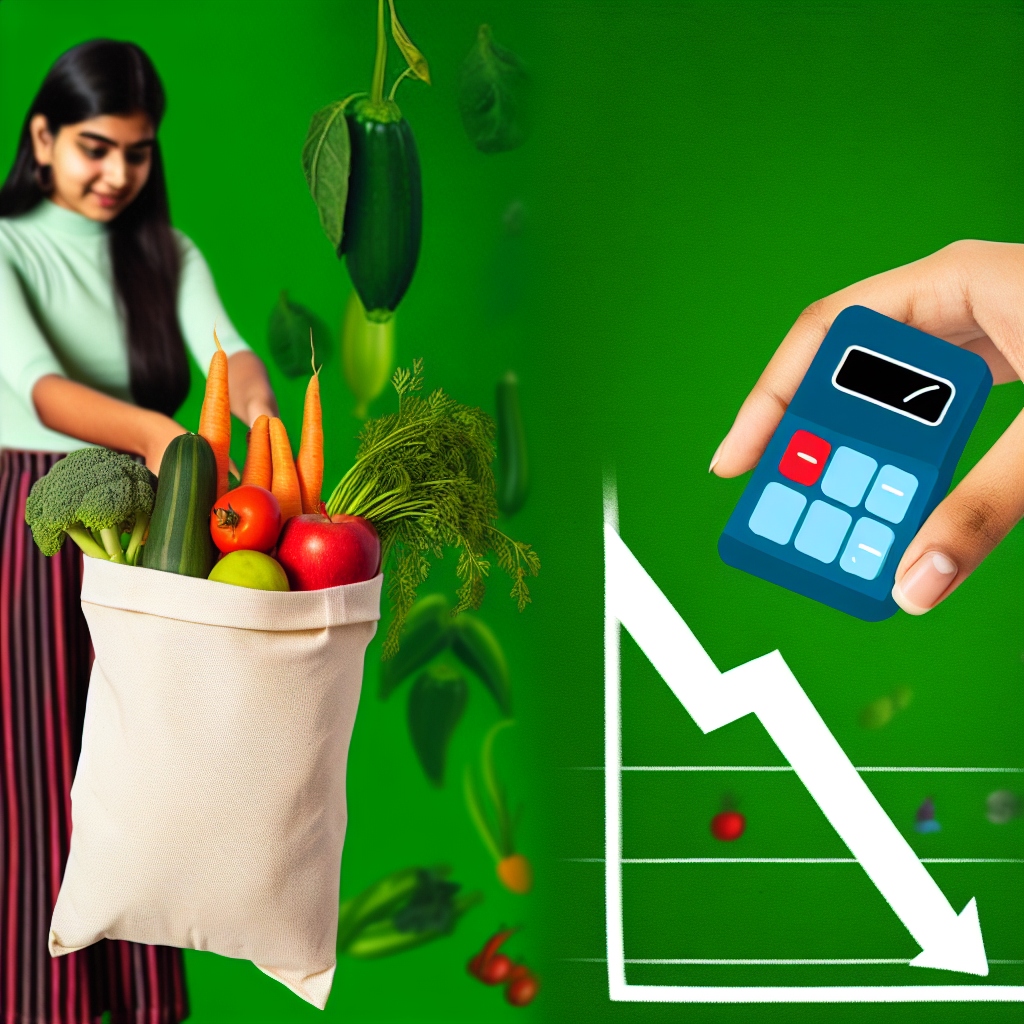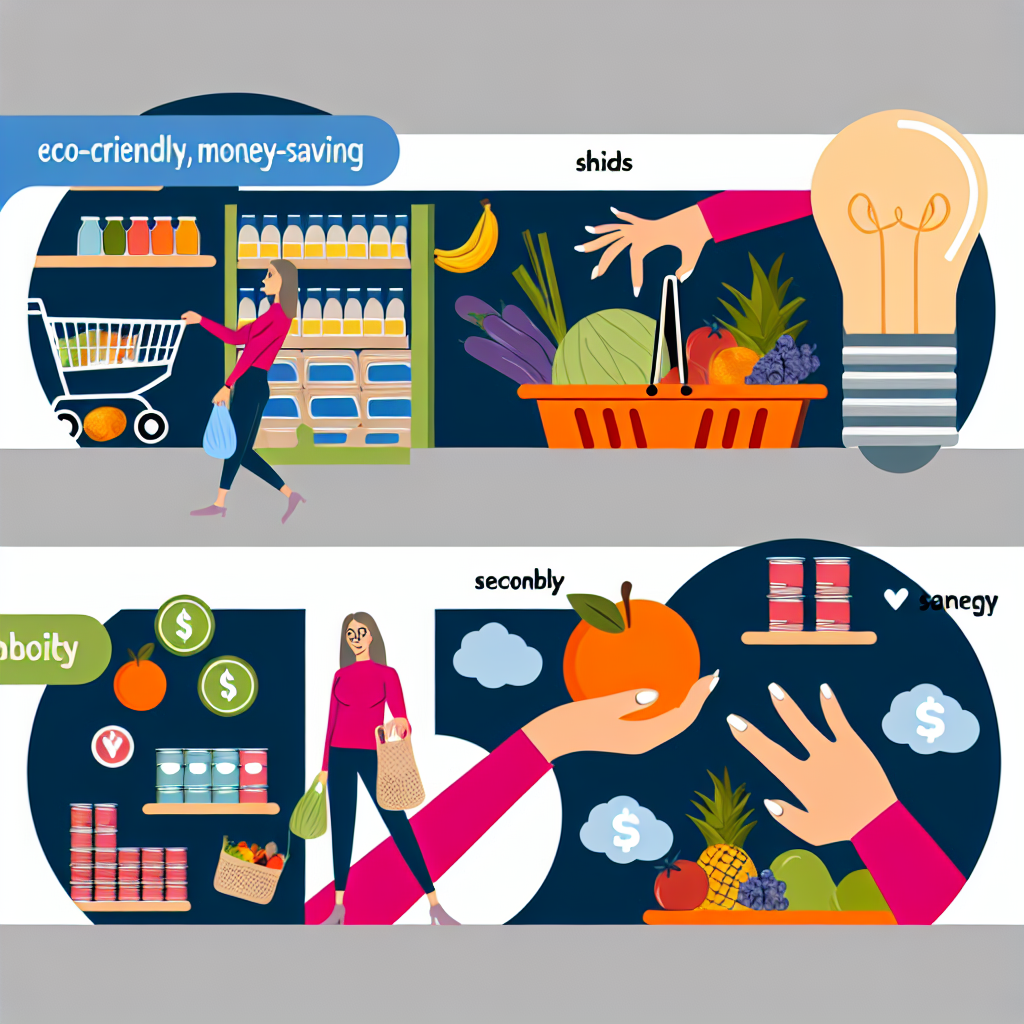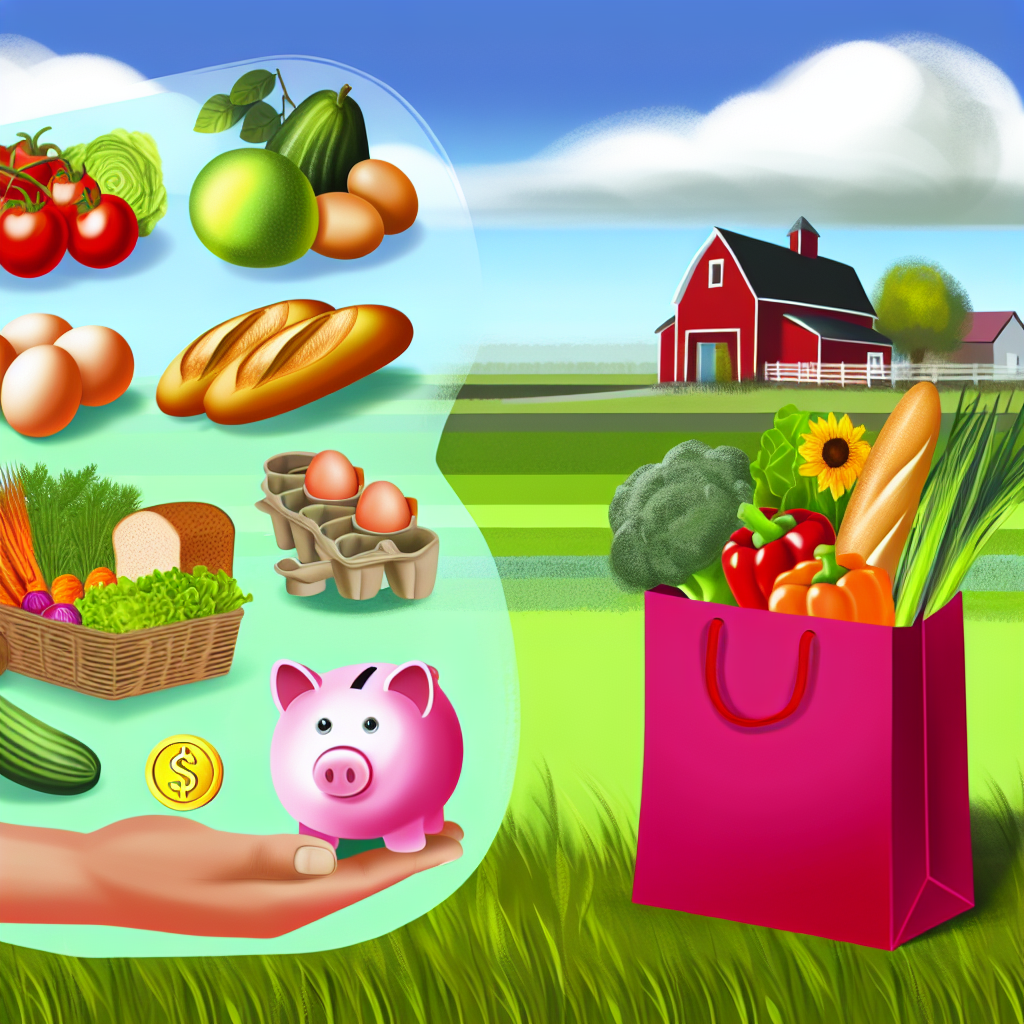10 Easy Swaps for Eco-Friendly Living That Save You Money
Introduction
Hello, eco-warriors and penny pinchers! At Frugal Zeitgeist, we’re all about finding ways to live happily on this planet without making our wallets cry. Many people think living sustainably is expensive, but guess what? That’s a myth! We’re here to show you that being kind to the environment can actually save you money.
Get ready for ten easy, budget-friendly swaps that will make both Mother Nature and your budget super happy.
The Benefits of Eco-Friendly Swaps
Why make eco-friendly swaps, you ask? Let me tell you why!
-
Helping the Environment: Simple changes in your daily routine can help reduce pollution and waste. By choosing sustainable options, we help the planet and make it healthier for future generations.
-
Saving Money: Even though eco-friendly options may cost a bit more at first, they often save you money over time. Who knew saving the planet could also mean saving your wallet?
-
Staying Healthy: Reducing exposure to harsh chemicals means you avoid toxins that could harm your health. It’s great for you and the Earth!
Swap #1: Reusable Shopping Bags
Let’s start with something super easy—reusable shopping bags.
-
Helping the Environment: Plastic bags can take hundreds of years to decompose, often ending up in oceans and places where animals live. Reusable bags help cut down this plastic waste.
-
Saving Money: While a strong tote might cost a few bucks at first, it saves you from buying supermarket plastic bags every time you shop.
-
Tips for Remembering: Keep some bags in your car, by the front door, or with your shopping list. If your groceries end up in the trunk, let the bags live there too!
Swap #2: LED Light Bulbs
Here’s a bright idea—LED bulbs!
-
Energy Saving: LED bulbs are about 75% more efficient than regular light bulbs and last 25 times longer. That’s a lot of light for less money.
-
Saving Money: Although LEDs might cost a bit more upfront, they save you a lot on your electricity bill. Think of it as investing in your light and energy bills.
-
Other Benefits: LED bulbs give off less heat, which is great for hot summers. So, they save you money and help you stay cool!
Swap #3: Refillable Water Bottles
Say goodbye to plastic bottles and stay hydrated the eco-friendly way with refillable bottles!
-
Helping the Environment: Making and throwing away plastic bottles creates a lot of pollution.
-
Saving Money: Get a durable water bottle and skip buying expensive bottled water. Enjoy the freedom of saving money!
-
Staying Healthy: Fill it with filtered tap water to avoid chemicals found in disposable bottles. Plus, having your own bottle helps you drink more water.
Swap #4: Cloth Napkins Instead of Paper
Cut down on paper waste by using cloth napkins.
-
Helping the Environment: Making paper napkins uses chemicals and energy, and they’re single-use, which adds to landfill waste.
-
Saving Money: Buy them once and use them again and again.
-
Easy Tips: Toss them in with your regular laundry, and they’ll be ready to use again. Cloth napkins can add some color to your table, too!
Swap #5: DIY Cleaning Products
Make your home clean with DIY cleaning solutions!
-
Benefits: Store-bought cleaners often contain harsh chemicals. DIY solutions are natural and gentle on you and the environment.
-
Saving Money: Ingredients like vinegar, baking soda, and lemon juice are all you need, and they’re easy on your wallet too.
-
Simple Recipes: Mix equal parts of vinegar and water for a glass cleaner or baking soda with a little dish soap for scrubbing. All set!
Swap #6: Composting Kitchen Scraps
Turn your waste into gold by composting!
-
Benefits: Reduce waste going to landfills and create nutrient-rich compost for your garden.
-
Saving on Fertilizers: No need to buy commercial fertilizers when you can use your kitchen scraps and coffee grounds for free.
-
Getting Started: Whether indoors with a small bin or outdoors, there’s a composting way to suit your home.
Swap #7: Second-Hand Shopping
Why buy new when second-hand treasures are waiting?
-
Environmental Benefits: Reduce the demand for fast fashion and wear second-hand clothes with pride! It’s eco-fashion at its best.
-
Saving Money: Thrift stores are full of great deals. Enjoy the hunt and dress stylishly while saving.
-
Thrifting Tips: Check out local thrift shops, online sites, or host a swap party with friends. Remember, second-hand is awesome!
Swap #8: Programmable Thermostats
Save energy and money with a programmable thermostat.
-
Energy Use: Automatic heating and cooling adjustments lead to energy-efficient living without losing comfort.
-
Saving Money: Consistent temperatures mean lower utility bills in the long run.
-
Installing: Many homes have them already, but if not, hire a trusted technician. The comfy savings are worth it!
Swap #9: Reusable Coffee Filters
Enjoy sustainable sipping with reusable coffee filters!
-
Helping the Environment: Disposable filters create a lot of waste over time.
-
Saving Money: Buying a reusable filter once means your coffee habit doesn’t have to be expensive.
-
Better Tasting Coffee: Many people say it tastes better. Could coffee be any sweeter?
Swap #10: Natural Personal Care Products
Be kind to your skin and the planet with natural personal care products.
-
Benefits: Free from harsh ingredients, natural products are gentle and still effective.
-
Saving Money: Since they’re efficient, you need less to see results.
-
DIY Recipes: Websites have homemade recipes for toothpaste, deodorant, and even shampoo bars. It’s like a spa day every day at home!
Conclusion
See? That wasn’t hard! These swaps not only help the Earth but are also friendly to your pocket. Start small, choose a swap you like, and add more over time. Before long, you’ll be living your eco-friendly dream, saving pennies, and showing lots of love to the Earth.
Let’s embrace sustainability like the frugal heroes we are. Here’s to a greener, healthier, and richer way of living!









